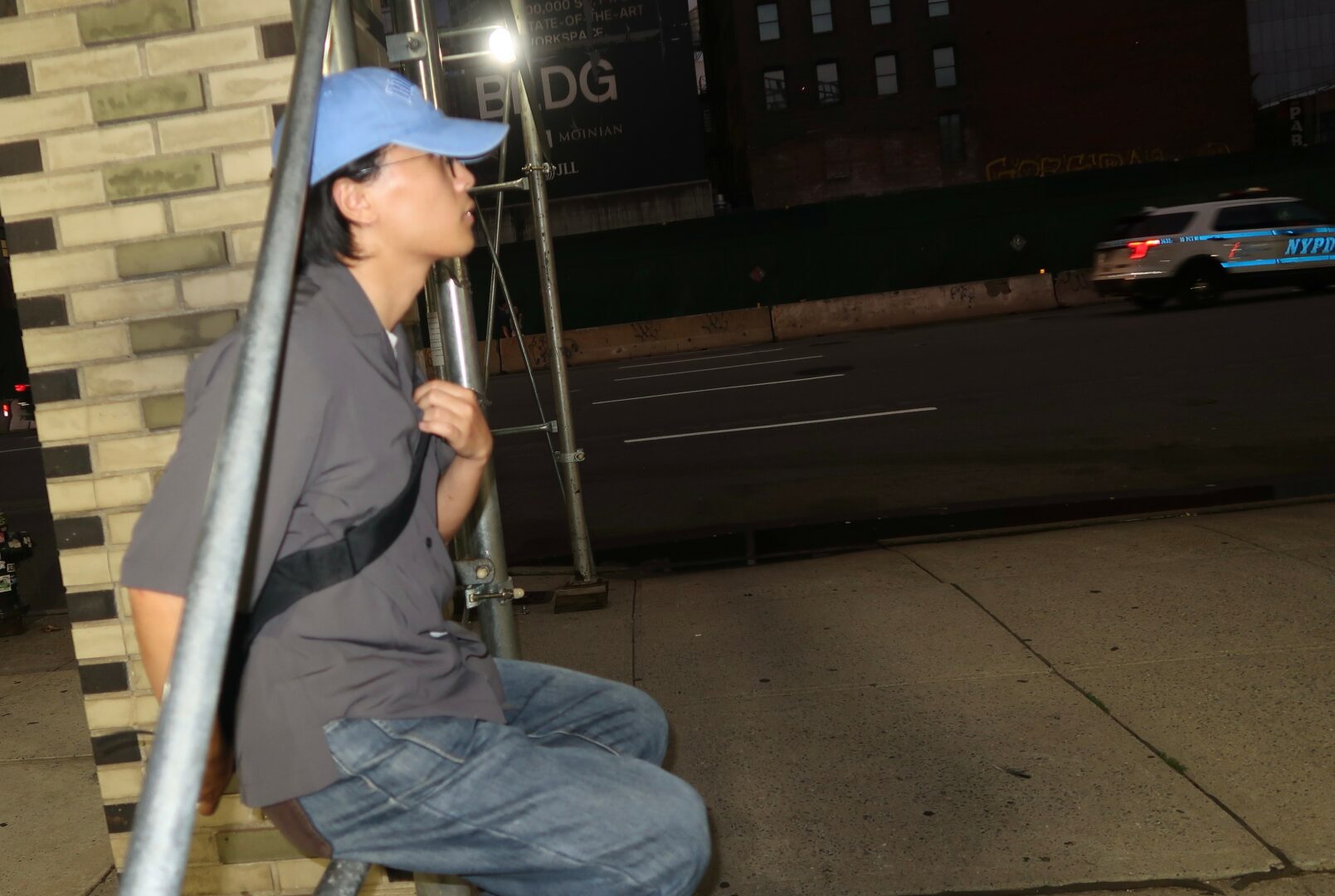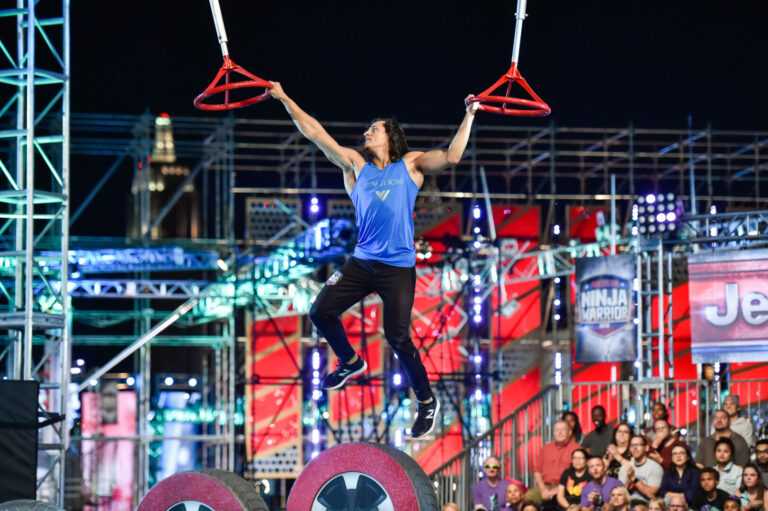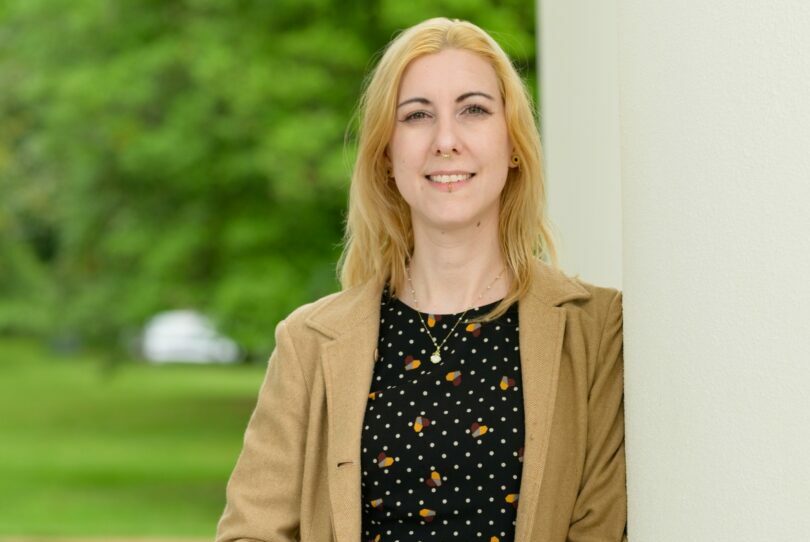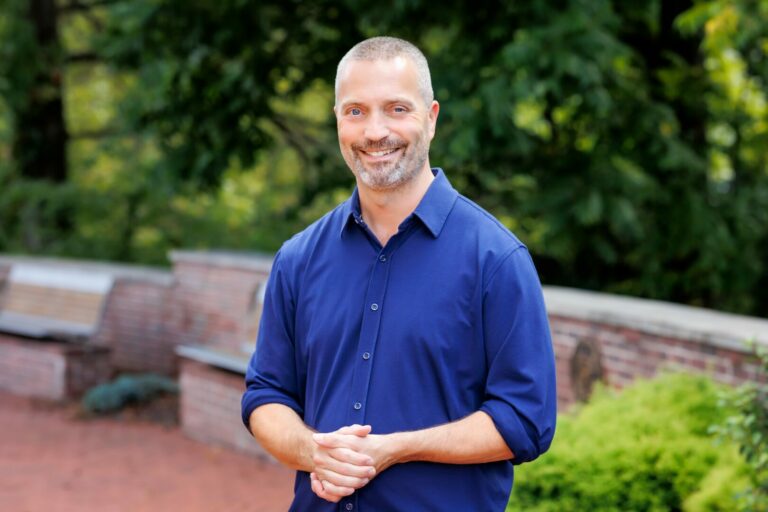We recently connected with PJ (Junjie) Pan and have shared our conversation below.
Hi PJ (Junjie), appreciate you sitting with us today to share your wisdom with our readers. So, let’s start with resilience – where do you get your resilience from?
I have always wanted to be a resilient person, and I have worked actively to build that quality. As a Chinese motion designer trying to build a life and career in the United States, especially in today’s climate, we face a constant stream of uncertainty and limits that are outside our control. In the beginning, this filled me with anxiety and doubt. Over time I learned to see uncertainty as a training ground. It forces me to stay steady in the middle of change and pushes me to look for new paths of growth. Instead of treating it only as a threat, I started to use it as a test of my mindset and my ability to adapt.
Part of this attitude comes from my mother. Even in difficult situations, she has always been sharp enough to see the opportunities that still exist and willing to act on them. From her I learned a strategy: take hold of whatever is available in the moment and use it as a launchpad to move forward. Watching her taught me that resilience is not about waiting for conditions to improve. It is about working with what you have, making decisive moves in short windows of time, and turning obstacles into momentum.
Now I understand more clearly what resilience means. It is the ability to make firm choices in the face of irrational events and uncertainty. It is to define the theme of one’s own life and to take a responsible attitude toward it, refusing to drift or settle. It means staying grounded, carrying a strong sense of conviction and sincerity, and doing each task thoroughly and with care. This attitude is what allows me to keep my direction and creativity even when I encounter setbacks or hardship, and it gives me the strength to always bring myself back on track.
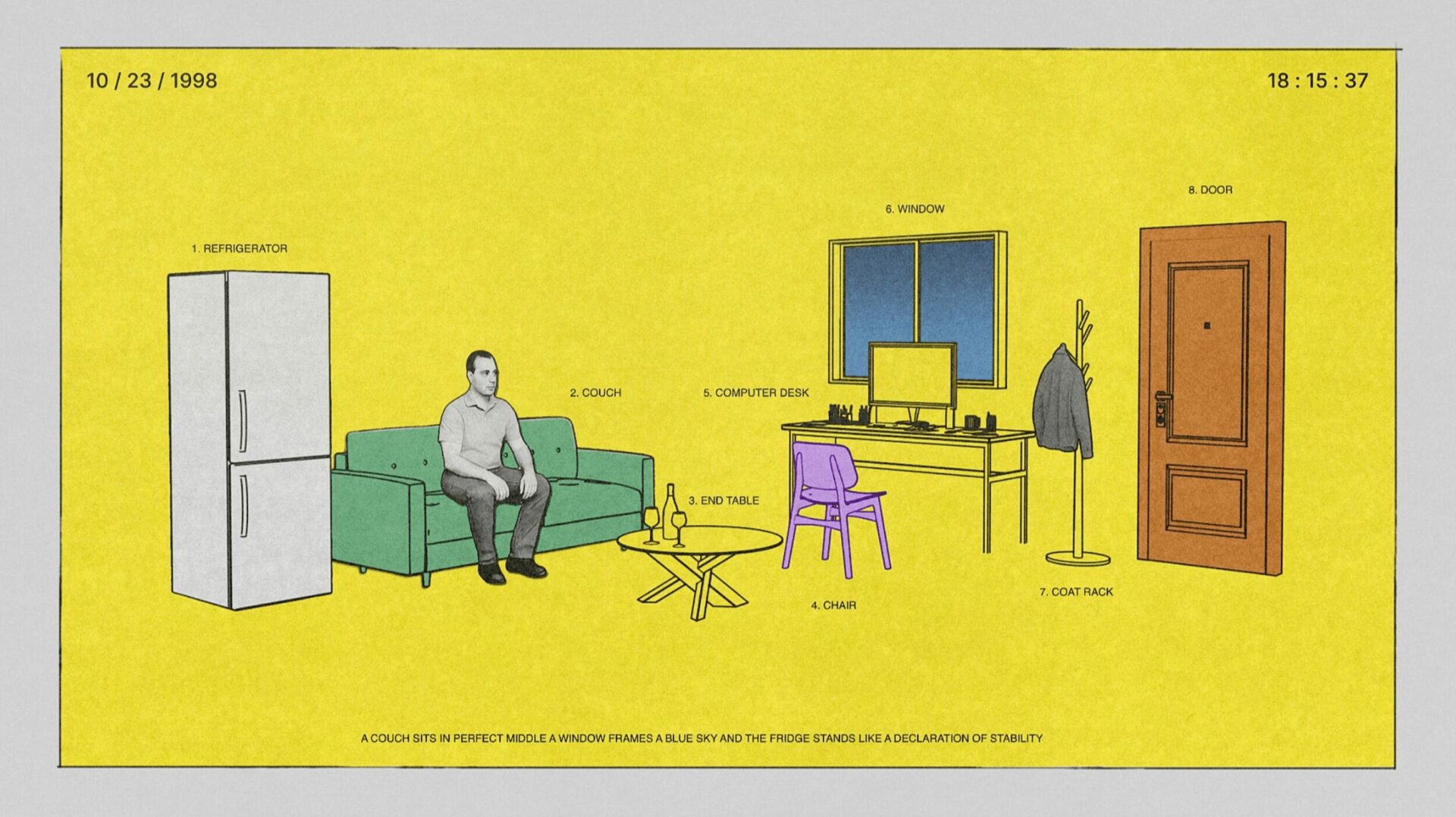
Great, so let’s take a few minutes and cover your story. What should folks know about you and what you do?
I am currently a motion designer based in New York. I graduated from SCAD this May, and right after graduation I joined Hornet as a Motion Design Intern. That experience was incredibly valuable to me. I had the chance to work inside a top-level production team, collaborating and exchanging ideas with motion designers from different backgrounds and regions. For someone just beginning to build a career, that was a rare opportunity, and I am deeply grateful to Hornet for giving me access to such resources. During that time, I also started to reflect on the larger motion design ecosystem—how the field is evolving today, and where the highest industry standards are being set.
Carrying those lessons forward, I began my second internship in early September at Rho, a FinTech company that provides frictionless financial services for startups. At Rho, I have been given more agency and responsibility. With the skills and insights I built during my first internship, I now have the chance to help develop a complete motion branding system. This is very exciting for me, because it allows me to explore how motion design can shape brand identity and create a unique narrative for a target audience. In this role, I don’t want to limit myself to being just a designer who makes things move—I try to take a more proactive position in thinking about brand strategy and the logic that sits behind it.
Rho is a highly competitive company, and they host many in-person events that bring startup founders together to share opportunities and ideas. Finance and technology were completely new domains to me, but I approached them with curiosity and a sincere interest in how motion design could play a role. For example, I attended one of their community gatherings called AI Café, where I listened to conversations not only about how AI impacts design, but also about how it is reshaping fields like accounting. These talks gave me fresh perspectives and, more importantly, they allowed me to meet our target audience face-to-face. They were no longer just data points or charts in a user research report, but real people standing in front of me—their tone, attire, expressions, and body language all became part of what I observed, along with the subjects they cared about and the ideas that sparked their attention.
I believe this kind of attentiveness matters. Even if these observations don’t immediately translate into design outputs, they shape the way I think as a designer in the age of AI. To me, design today requires the ability to stand in a more human-centered position, and to use motion design—or any other medium—to create images and narratives that truly resonate. That calls for a capacity to observe phenomena and abstract strategies from them, which is exactly the skill I am striving to cultivate.

Looking back, what do you think were the three qualities, skills, or areas of knowledge that were most impactful in your journey? What advice do you have for folks who are early in their journey in terms of how they can best develop or improve on these?
The first is keeping an open mind and staying curious. I try not to lock myself into one fixed way of working. Whenever I enter a new environment—even fields completely outside design, like finance or technology—I approach it with openness and curiosity. This mindset has allowed me to connect with people, discover unexpected perspectives, and bring those insights back into my creative practice. It’s also what keeps my design human-centered and grounded in reality.
The second is my fine art background. Academic training in painting taught me to observe without bias—to see objects or situations as they are before making judgments. This way of seeing has deeply shaped my design approach, and it naturally pushed me toward a more abstract and even philosophical way of thinking. Beyond craft, being able to think on that level helps me connect ideas, frame deeper questions, and give my work meaning beyond its surface.
The third is the ability to connect strategy with craft. Motion design is not only about making things move beautifully—it is about telling a brand’s story in a way that resonates. Learning to think about the strategy and logic behind design, while still caring deeply about execution and detail, has been a transformative shift for me.
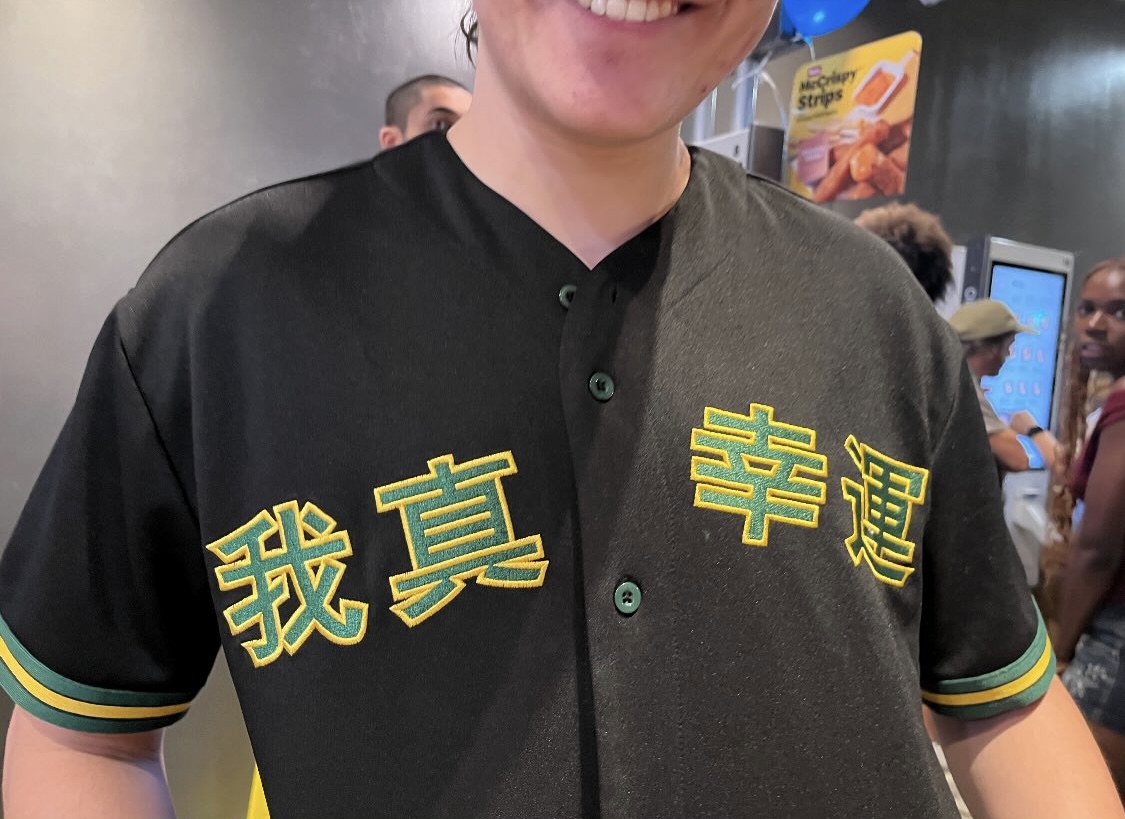
Before we go, maybe you can tell us a bit about your parents and what you feel was the most impactful thing they did for you?
I consider myself very fortunate. In my pursuit of self-realization and a career in the creative industry, my parents have always given me unconditional support. They never once questioned me with concerns like “how will you make a living in art and design?” Instead, they kept an open mind, listened to my thoughts, respected my choices, and always believed in me—even though art and design were not familiar fields to them. That kind of unconditional support and love is, to me, the most priceless gift I could ever imagine.
Contact Info:
- Website: http://junjiepan.com
- Instagram: https://www.instagram.com/pjj_haha/
- Linkedin: http://www.linkedin.com/in/junjiepan/
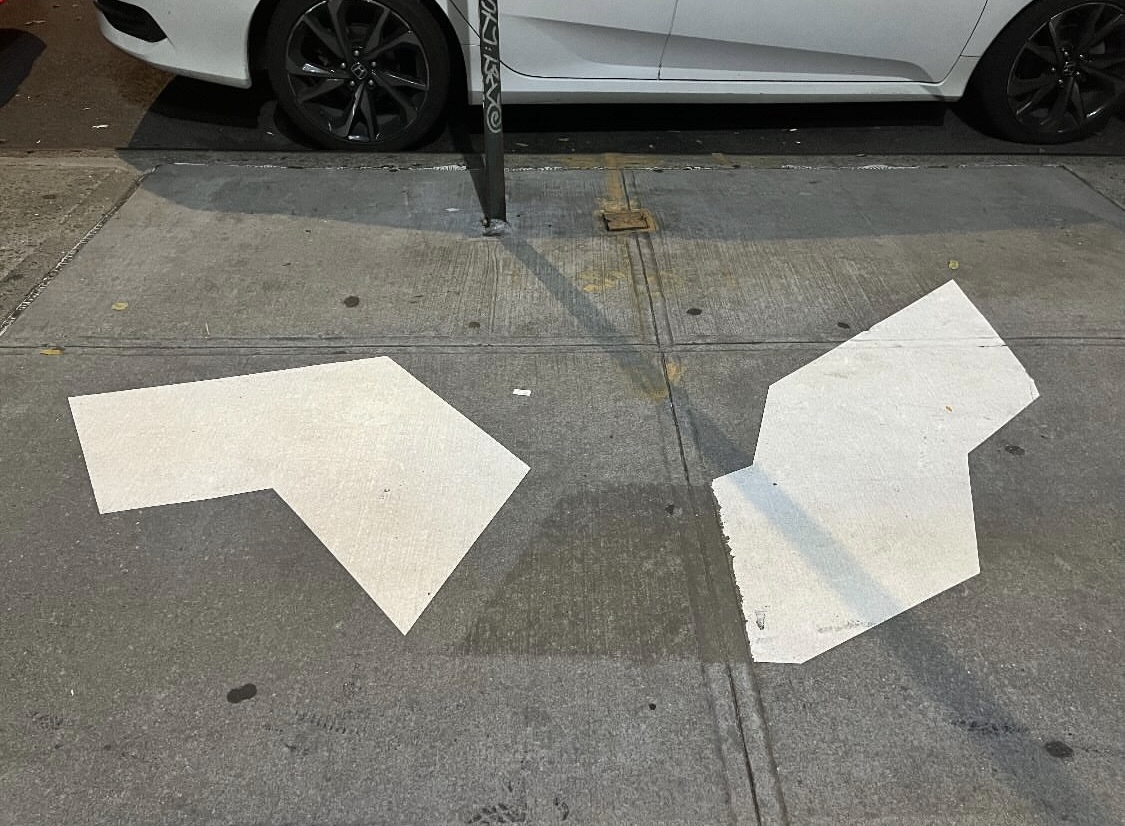

so if you or someone you know deserves recognition please let us know here.

